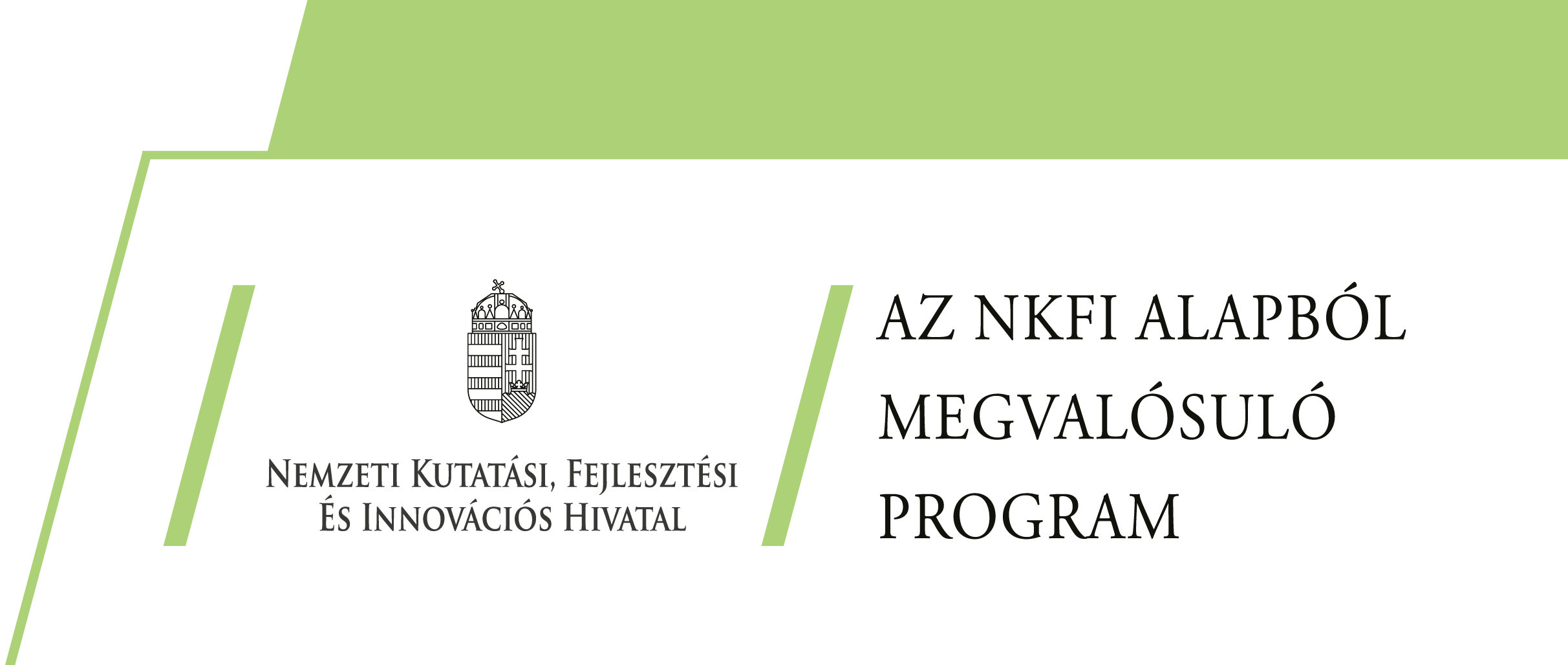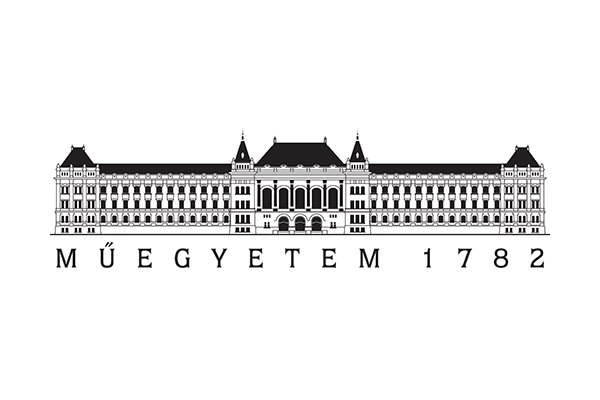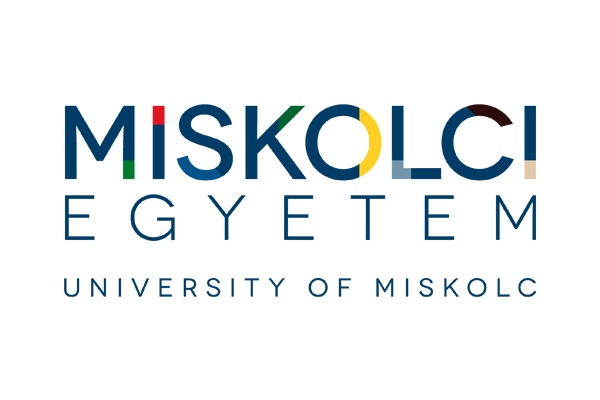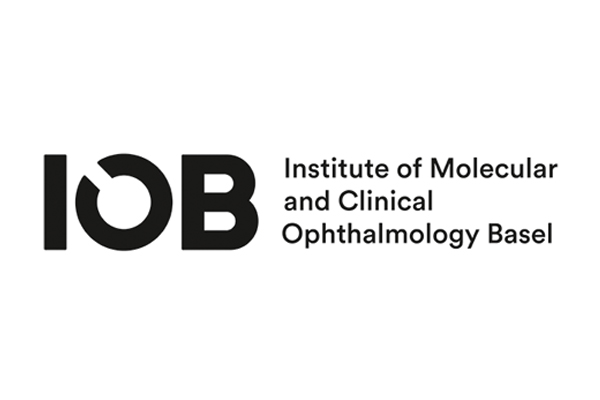MOUSE VIRTUAL REALITY SYSTEM – VR
for complex behavior experiments
by BrainVisionCenter Research Institute and Competence Centre, non-profit Ltd.
Competition of cortical clusters during on-demand visual learning in immersive virtual reality Linda Judák, Gergely Dobos, Katalin Ócsai, István Takács, Eszter Báthory, Balázs Chiovini, Zoltán Szadai, Pál Maák, Áron Szepesi, Botond Roska, Gergely Szalay, Balázs Rózsa
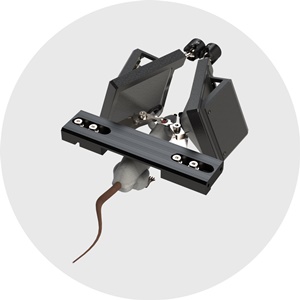
Featured highlights:
- 270° FOV full coverage
- 3D articulated positioners
- Binocular vision
- Open-source software
Technology Overview
To better understand brain functions during natural behavior, experiments that mimic the real world as closely as possible are essential. High-resolution studies require head fixation to the microscope, enabling subcellular imaging of thousands of cells with advanced 3D scanning and photostimulation, unlike free-running animal studies with limited FOV and resolution. Quality surgery allows studying these cells for months in experiments. Virtual-reality (VR), in combination with head-fixed recordings provides control and stability for recordings during behavioral experiments allowing the creation of complex interactive virtual environments. The Mouse Virtual Reality system provides the animal with the sensation that the virtual environment is reality, thereby achieving faster learning and lifelike imprinted behavior reactions.
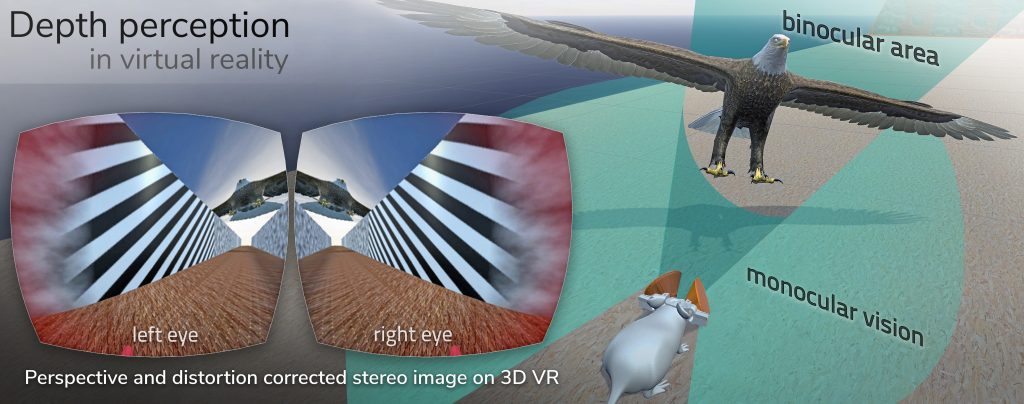
Virtual Reality Kit
Our patented comprehensive VR head-mounted display for mice provides binocular depth perception and stereoscopic 3D vision. By positioning the displays to the eyes of a head-fixed mouse running on a treadmill, virtual scenes can be displayed to the mouse in closed-loop experiments, where the treadmill motion controls the visual scene. This makes it possible to reproduce real, freely moving behavior tasks, whilst the high-resolution, large FOV or even 3D random-access microscope records the brain states on the cellular or subcellular level. The photorealistic rendering engine creates perspective corrected 3D virtual world and stereoscopic binocular vision in a large FOV, allowing full immersion in any imaginable environment
The biggest added value of Virtual Reality is the sense of presence, when the experimental animal perceives the widely controllable and reproducible virtual environment around it as reality itself.
- Binocular vision with depth perception, full immersion
- Covers most of the field-of-view without static visual cues in the FOV which might disturb presence
- Behavior feedback contributing to presence
- Modular and scalable design for two-photon imaging and electrophysiology
- Photorealistic rendering with a state-of-the-art engine to flexibly design your own virtual environments and behavioral protocols
- Natural reaction to the virtual environment without preconditioning

Key specifications:
- 2 displays: vibration free, high dynamic range, true black OLED technology
- Resolution 1080 x 1200
- Contrast ratio: 10000 : 1
- Field-of-view: 130° each eye
- 270° FOV full coverage
- 3D articulated positioners
- Binocular vision
- Behavior feedback contributing to presence
- Modular and scalable design for two-photon imaging and electrophysiology
- Photorealistic rendering with a state-of-the-art engine to flexibly design your own virtual environments and behavioral protocols
- Natural reaction to the virtual environment without preconditioning
